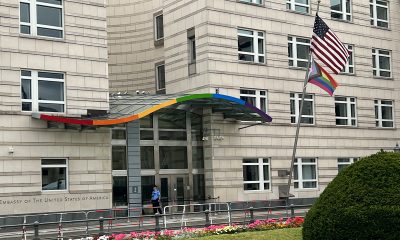District of Columbia
New appeal for help in solving 1987 D.C. gay murder case
U.S. Navy commander was fatally stabbed outside Chesapeake House gay bar
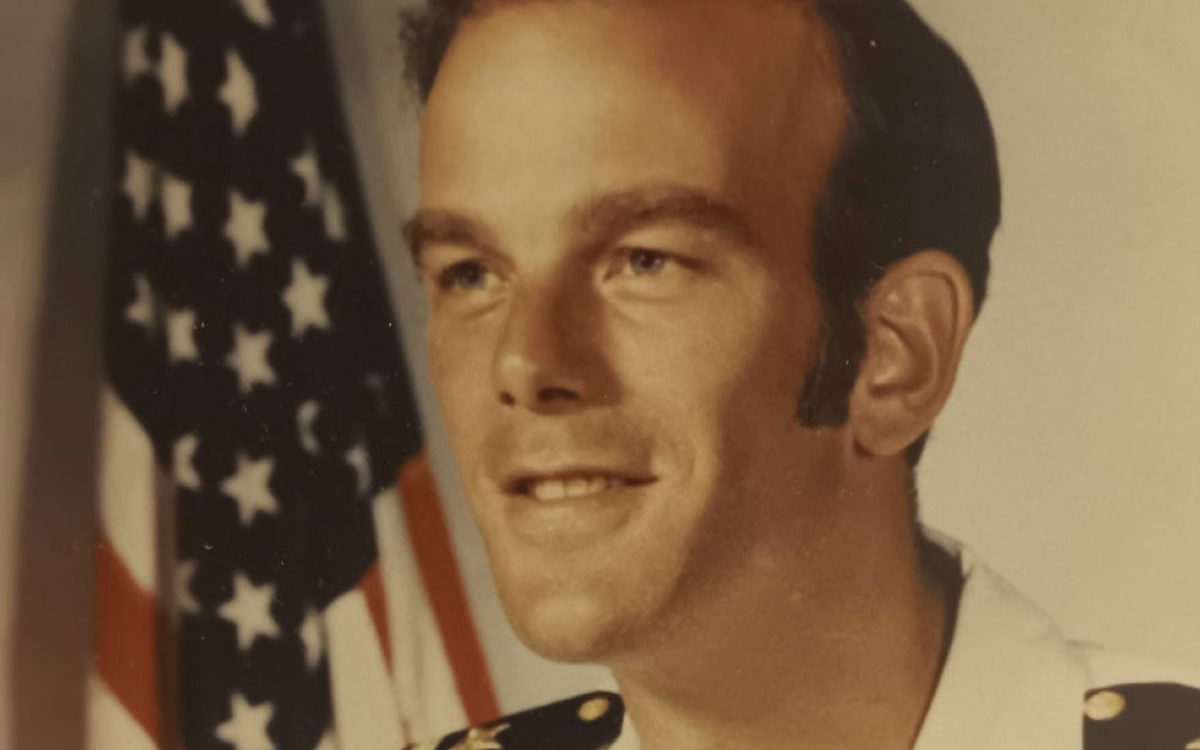
The family of a 43-year-old gay U.S. Navy commander who was stabbed to death shortly after midnight on Jan. 1, 1987, minutes after he left a D.C. gay bar in a yet unsolved case considered a hate crime, is appealing to the public for help in providing police with a tip that may lead to the identity of two male suspects.
D.C. police at the time of the murder said Commander Gregory Peirce, an Alexandria, Va., resident who served as a staff officer at the Pentagon, was approached by two men appearing to be in their early 20s as he and a man he was with left the Chesapeake House, a gay bar at 946 9th St., N.W. at about 12:15 a.m.
A Washington Blade story published on Jan. 9, 1987, reported that police sources familiar with the investigation said one of the male suspects stabbed Peirce in the chest and neck, then kicked him repeatedly while he lay unconscious at the site of the stabbing in a parking lot behind the Chesapeake House.
The second suspect chased the man who was with Peirce toward the entrance of the bar, slashing the back of the man’s coat with a knife as the man sought help from the Chesapeake House doorman, Tom Vaughn, police sources told the Blade.
A police spokesperson said Peirce was pronounced dead about 90 minutes later at George Washington University Hospital as a result of a severed neck artery, the Blade reported. The man he was with, who told police what he observed, was not injured.
Amanda Soderlund, Peirce’s niece, told the Blade she and her family remain hopeful that the two young men involved in the fatal stabbing 36 years ago could be brought to justice.
She said her beloved uncle, who did not openly identify as gay while serving in the Navy, was just a few months away from retiring and being honorably discharged from the Navy.
“My uncle was an incredible man,” Soderlund said in an Oct. 5 phone interview. “We have a very large family,” she said, and family members have long tried to find out exactly what happened and why when Gregory Peirce became D.C.’s first homicide victim of 1987.
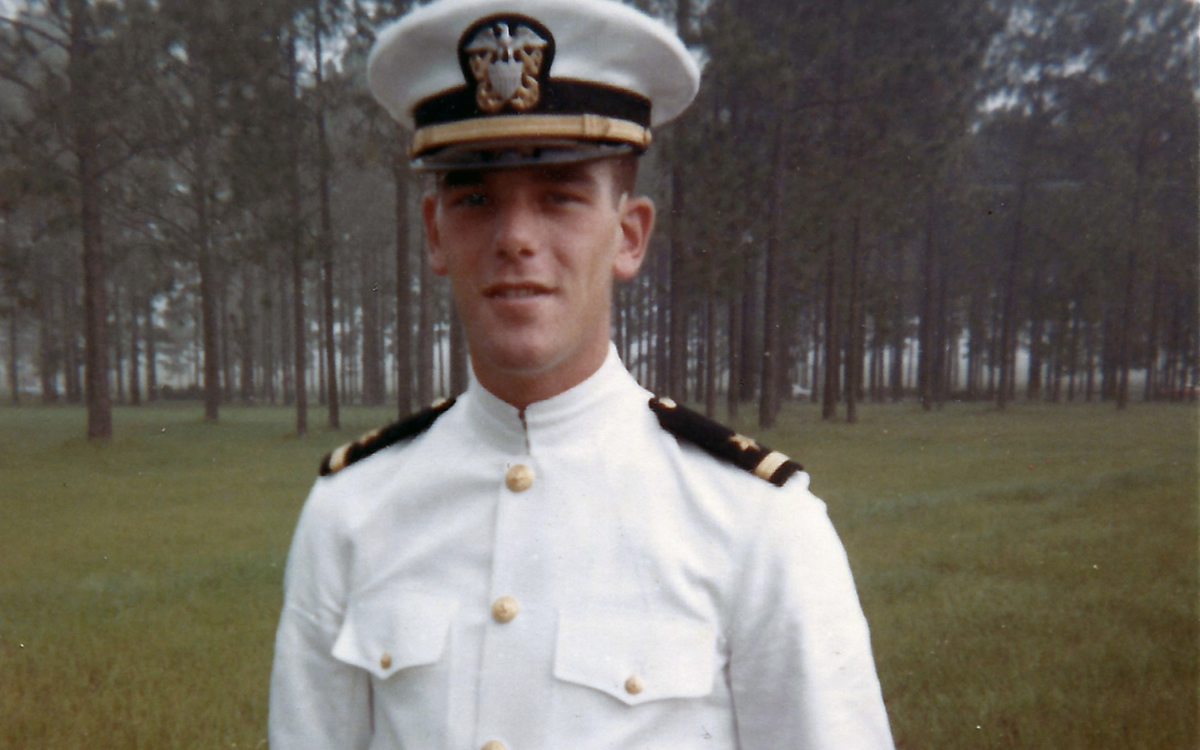
Longtime D.C. police homicide Detective Danny Whalen, who is assigned to the homicide unit’s Cold Case Squad, told the Blade last week that the Peirce murder case is among the large number of old homicide cases that cannot be solved unless new information surfaces.
“You know, we would love nothing more than to bring these people to justice,” Whalen said of the two unidentified suspects in the Peirce murder. “The detectives who worked the case at the time exhausted everything in their power,” said Whalen. “And if they could have made an arrest, they would have.”
Whalen noted that the two suspects, who witnesses said appeared to be in their 20s, would likely be in their late 50s or early 60s at this time, assuming they are still alive. Whalen and other law enforcement officials have said for investigators to make an arrest in an old case like this, one or more people who know something about the case and who may have known the two suspects need to come forward with information.
Soderlund, Peirce’s niece, said she has reached out to the Blade and may reach out to other news media outlets to draw attention to the case, with the hope that someone reading about it in the press might just come forward with a tip that could lead to an arrest.
“The Metropolitan Police Department currently offers a reward of up to $25,000 to anyone that provides information which leads to the arrest and conviction of the person or persons responsible for each homicide committed in the District of Columbia,” according to a D.C. police statement issued at the time police announce a new unsolved murder case.
The statement says anyone with information about a case should call police at 202-727-9099. It says anonymous information can be submitted to the department’s TEXT TIP LINE by sending a text message to 50411.
Although other news media outlets, including the Washington Post, initially reported that police said the motive for the attack against Peirce and his companion appeared to be a robbery gone bad, police sources and witnesses from the Chesapeake House told the Blade the incident appeared to be an anti-gay hate crime or gay bashing.
The man who was with Pierce told police the incident began when the two male suspects approached the two men as they left the Chesapeake House and one of them said, “Wonder if they have any money,” according to an account by the Washington Post.
But the man accompanying Peirce also told police the two attackers never specifically asked for or demanded money. Words were exchanged between the four men in the parking lot and a fight broke out, police sources said, which led to Peirce being stabbed.
At least two police sources said the man who stabbed Peirce had time to search for Pierce’s wallet while Pierce was lying unconscious in the parking lot, but the attacker did not do so.
Instead, the attacker began kicking Pierce repeatedly while he lay motionless and bleeding, one of the police sources told the Blade back in January 1987. “For all practical purposes [Pierce] was dead when this guy was kicking him,” the source said.
In its Jan. 9, 1987, story on the Peirce murder, the Blade reported that experts familiar with anti-gay violence, including police investigators, consider the action by one of the two suspects in the Peirce case who repeatedly kicked Peirce while he lay unconscious as a form of “over kill” often triggered by a deeply held hatred toward and fear of homosexuality.
Chesapeake House employee Michael Sellers told the Blade the week following the murder that a group of young males were yelling anti-gay names, such as “faggot” and “queer,” at several Chesapeake House patrons and another of the bar’s employees when the patrons and employee stood outside the bar about an hour before Peirce was stabbed.
One of the employees and two of the patrons told the Blade the males who were shouting at them appeared to match the descriptions of the two men who attacked Peirce and the man with Peirce. But homicide detective Whalen told the Blade last week that there is no definitive evidence that the young man who stabbed Peirce was among the group that shouted anti-gay names prior to the stabbing.
The Chesapeake House, which opened sometime in the 1970s and featured nude male dancers, closed in 1992 shortly before its building was demolished to make way for a new high rise office building.
In reviewing the information he is aware of about the case Det. Whalen said that while it appears to be a hate crime, the exact motive of the murder has yet to be confirmed.
“It’s one of those things where it was a street attack,” said Whalen. “Their intentions were never stated,” he said. “However, it was either a hate crime or a street robbery or a combination of both.”
LGBTQ activists at the time said they believed it was a hate crime. And they expressed concern and anger that the news media at the time, other than the Blade, did not report that the stabbing incident took place minutes after Peirce and the man he was with left a gay bar.
In a Jan. 2, 1987, story, one day after the murder took place, the Washington Post reported that Navy officials told Peirce’s brother that Peirce and a group of friends had come to D.C. that night to attend the city’s New Year’s celebration at the Old Post Office building at 12th and Pennsylvania Ave., N.W., which is located about a half mile away from the Chesapeake House.
Other news media accounts left the impression that the murder may have been related to assaults that had taken place among the large crowds of people who turned out for past New Year’s celebrations outside the Old Post Office building.
The Post article reported that police said the stabbing took place in the 900 block of H Street, N.W. and that Peirce and the man he was with had just left a bar that the article did not identify by name.
“The truth was being held back,” Chesapeake House employee Michael Sellers told the Blade.
Soderlund said she and other Peirce family members have speculated that officials with the Navy may have wanted to downplay or hide the fact that a Navy commander who worked at the Pentagon was gay and was attacked after leaving a gay bar.
At that time, under longstanding U.S. military policy, active-duty military members discovered to be gay, lesbian, or bisexual were almost always discharged from the service as potential security risks. The so called ‘Don’t Ask, Don’t Tell’ policy initiated by President Bill Clinton, which eased the anti-gay policy to a small degree, did not take effect until 1994.
Soderlund told the Blade she and her family members thought there was more to Peirce’s murder than a street robbery, but they had little information to go on until she contacted one of the two Washington Post reporters who wrote the Post’s initial story on the case. That reporter, John Ward Anderson, who has since retired, informed her about the Blade’s possible coverage of the story and suggested she contact the Blade.
Anderson told the Blade that the Post was not aware of information by police sources that the murder was a possible hate crime at the time the Post published its initial story on the case. He said the Post would have mentioned the possible anti-gay angle to the case had it known about it.
When Soderlund contacted the Blade, the Blade sent her a copy of the Blade’s Jan. 9, 1987, story, which Soderlund said provided information about the case that she and other family members were not aware of, including information that the murder was likely an anti-gay hate crime.
In yet another development in the ongoing saga of her uncle’s murder, Soderlund said she reached out to Det. Whalen, who gave her the name of the man who was with Peirce at the time of the murder and informed her that the man had died of natural causes in 1994 at the age of 58. In doing an online search, she found a May 1, 1997, Washington Post story about this man, Orrin W. Macleod, a U.S. Marine Corps veteran and member of the U.S. Merchant Marines before becoming a ground crew employee at Washington National Airport.
“He never reached out to our family,” Soderlund said. “We never heard from him,” she said, adding that she has long assumed, like her uncle, Macleod was not out as gay and most likely did not want to speak out publicly about the Peirce murder.
But the Post article about him said he became a hero of sorts in Fairfax County shortly before he died of leukemia when he donated most of his life savings and inherited wealth of $1 million to the Fairfax County Public Library.
“The money, at Macleod’s request, will be invested in books on tape, which he used near the end of his life when his vision was impaired,” the Post article states.
Soderlund said it’s her understanding that Fairfax Public Library officials were unaware that the generous donation they received was from a gay man who survived a violent attack that took the life of her uncle.
Shortly after the murder, D.C. police spokesperson Quintin Peterson described one of the men involved in the Peirce murder as being Black, with dark-complected skin, about 5-feet-9 inches tall, slender, with a mustache and wearing dark glasses, a blue knit hat, a dark blue jacket, and dark pants.
Peterson described the second man involved in the murder as being Black with a medium complexion, about 5-feet-9 inches tall, with hair on his chin, and wearing a green coat, a light-colored knit hat, and dark pants.
Police sources said witnesses told police the two attackers calmly walked away from the scene of the crime along H Street, with their whereabouts unknown.
In keeping with longstanding D.C. police policy, a reward of up to $25,000 is offered to anyone providing information leading to an arrest and conviction of persons responsible for a homicide committed in D.C.
Anyone with information should contact police at 202-727-9099 or submit an anonymous tip to the department’s TEXT TIP LINE by sending a text message to 50411.
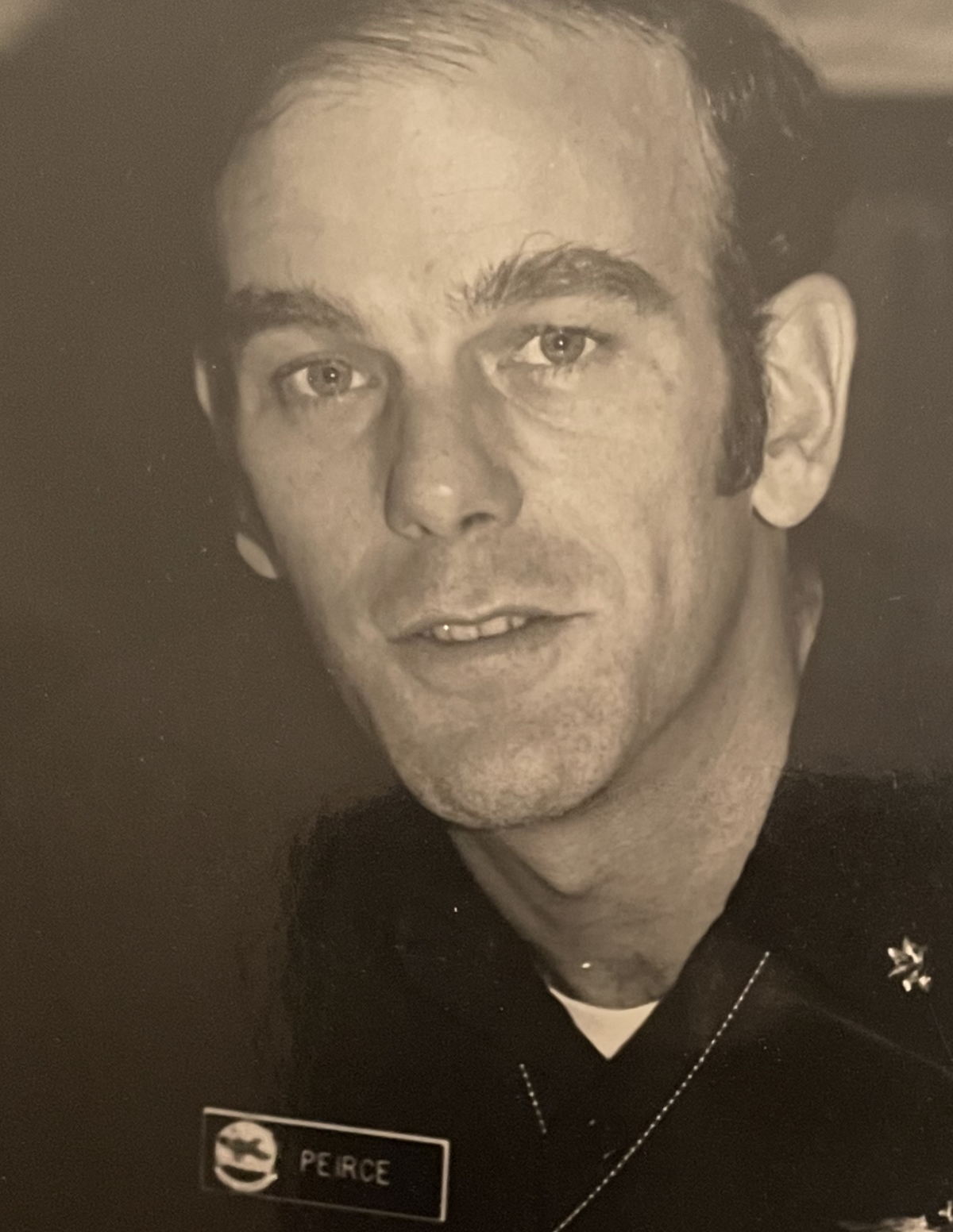
District of Columbia
Capital Pride announces change in date for 2026 D.C. Pride parade and festival
Events related to U.S. 250th anniversary and Trump birthday cited as reasons for change

The Capital Pride Alliance, the D.C. based group that organizes the city’s annual LGBTQ Pride events, has announced it is changing the dates for the 2026 Capital Pride Parade and Festival from the second weekend in June to the third weekend.
“For over a decade, Capital Pride has taken place during the second weekend in June, but in 2026, we are shifting our dates in response to the city’s capacity due to major events and preparations for the 250th anniversary of the United States,” according to a Dec. 9 statement released by Capital Pride Alliance.
The statement says the parade will take place on Saturday, June 20, 2026, with the festival and related concert taking place on June 21.
“This change ensures our community can gather safely and without unnecessary barriers,” the statement says. “By moving the celebration, we are protecting our space and preserving Pride as a powerful act of visibility, solidarity, and resistance,” it says.
Ryan Bos, the Capital Pride Alliance CEO and President, told the Washington Blade the change in dates came after the group conferred with D.C. government officials regarding plans for a number of events in the city on the second weekend in June. Among them, he noted, is a planned White House celebration of President Donald Trump’s 80th birthday and other events related to the U.S. 250th anniversary, which are expected to take place from early June through Independence Day on July 4.
The White House has announced plans for a large June 14, 2026 celebration on the White House south lawn of Trump’s 80th birthday that will include a large-scale Ultimate Fighting Championship (UFC) event involving boxing and wrestling competition.
Bos said the Capital Pride Parade will take place along the same route it has in the past number of years, starting at 14th and T Streets, N.W. and traveling along 14th Street to Pennsylvania Ave., where it will end. He said the festival set for the following day will also take place at its usual location on Pennsylvania Avenue, N.W., between 2nd Street near the U.S. Capitol, to around 7th Street, N.W.
“Our Pride events thrive because of the passion and support of the community,” Capital Pride Board Chair Anna Jinkerson said in the statement. “In 2026, your involvement is more important than ever,” she said.
District of Columbia
Three women elected leaders of Capital Pride Alliance board
Restructured body includes chair rather than president as top leader
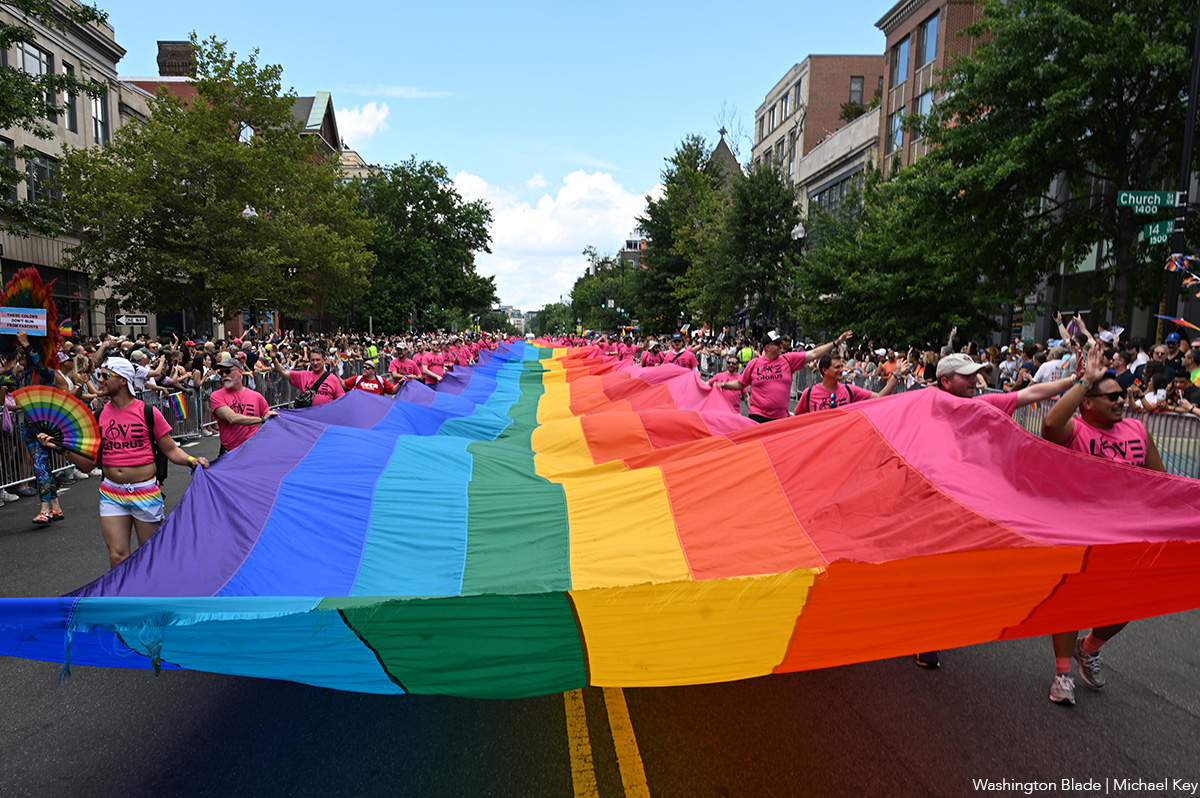
The Capital Pride Alliance, the D.C.-based group that organizes the city’s annual LGBTQ Pride events, announced it has restructured its board of directors and elected for the first time three women to serve as leaders of the board’s Executive Committee.
“Congratulations to our newly elected Executive Officers, making history as Capital Pride Alliance’s first all-women Board leadership,” the group said in a statement.
“As we head into 2026 with a bold new leadership structure, we’re proud to welcome Anna Jinkerson as Board Chair, Kim Baker as Board Treasurer, and Taylor Lianne Chandler as Board Secretary,” the statement says.
In a separate statement released on Nov. 20, Capital Pride Alliance says the restructured Board now includes the top leadership posts of Chair, Treasurer, and Secretary, replacing the previous structure of President and Vice President as the top board leaders.
It says an additional update to the leadership structure includes a change in title for longtime Capital Pride official Ryan Bos from executive director to chief executive officer and president.
According to the statement, June Crenshaw, who served as acting deputy director during the time the group organized WorldPride 2025 in D.C., will now continue in that role as permanent deputy director.
The statement provides background information on the three newly elected women Board leaders.
• Anna Jinkerson (chair), who joined the Capital Pride Alliance board in 2022, previously served as the group’s vice president for operations and acting president. “A seasoned non-profit executive, she currently serves as Assistant to the President and CEO and Chief of Staff at Living Cities, a national member collaborative of leading philanthropic foundations and financial institutions committed to closing income and wealth gaps in the United States and building an economy that works for everyone.”
• Kim Baker (treasurer) is a “biracial Filipino American and queer leader,” a “retired, disabled U.S. Army veteran with more than 20 years of service and extensive experience in finance, security, and risk management.” She has served on the Capital Pride Board since 2018, “bringing a proven track record of steady, principled leadership and unwavering dedication to the LGBTQ+ community.”
• Taylor Lianne Chandler (Secretary) is a former sign language interpreter and crisis management consultant. She “takes office as the first intersex and trans-identifying member of the Executive Committee.” She joined the Capital Pride Board in 2019 and previously served as executive producer from 2016 to 2018.
Bos told the Washington Blade in a Dec. 2 interview that the Capital Pride board currently has 12 members, and is in the process of interviewing additional potential board members.
“In January we will be announcing in another likely press release the full board,” Bos said. “We are finishing the interview process of new board members this month,” he said. “And they will take office to join the board in January.”
Bos said the organization’s rules set a cap of 25 total board members, but the board, which elects its members, has not yet decided how many additional members it will select and a full 25-member board is not required.
The Nov. 20 Capital Pride statement says the new board executive members will succeed the organization’s previous leadership team, which included Ashley Smith, who served as president for eight years before he resigned earlier this year; Anthony Musa, who served for seven years as vice president of board engagement; Natalie Thompson, who served eight years on the executive committee; and Vince Micone, who served for eight years as vice president of operations.
“I am grateful for the leadership, dedication, and commitment shown by our former executive officers — Ashley, Natalie, Anthony, and Vince — who have been instrumental in CPA’s growth and the exceptional success of WorldPride 2025,” Bos said in the statement.
“I look forward to collaborating with Anna in her new role, as well as Kim and Taylor in theirs, as we take on the important work ahead, prepare for Capital Pride 2026, and expand our platform and voice through Pride365,” Bos said.
District of Columbia
D.C. Police Chief Pamela Smith to step down Dec. 31
Cites plans to spend more time with family after 28 years in law enforcement
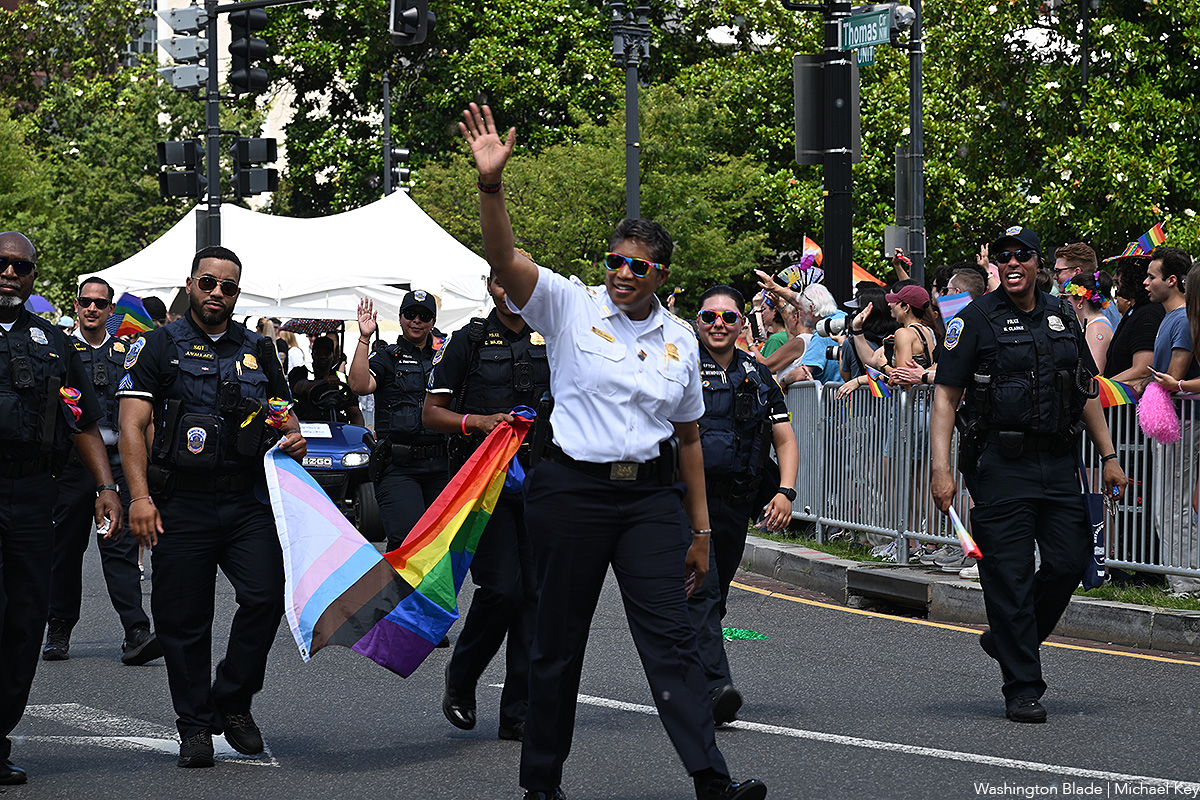
In a surprise statement on Dec. 8, Mayor Muriel Bowser announced that D.C. Police Chief Pamela Smith will step down from her job on Dec. 31 after a little over two years as the city’s police chief.
In August of 2023, after Bowser named Smith as Acting Chief shortly before the D.C. Council approved her nomination as permanent chief, she told the Washington Blade in an interview she was committed to providing “fair and equal treatment” for all of the city’s diverse communities, especially the LGBTQ community.
She pointed out that in her role as the department’s Chief Equity Officer before she was appointed chief, she worked in support of what she said was the significant number of LGBTQ police officers serving in the department and also worked closely with the department’s LGBTQ Liaison Unit.
“We also have LGBTQ members serving in the reserve and volunteer corps supporting many functions in the department, including support for the LGBTQ Liaison Unit,” she told the Blade. “We have a nationally recognized LGBTQ Liaison Unit.”
Bowser’s statement announcing Smith’s resignation praised Smith for playing a lead role in significantly lowering the city’s crime rate.
“Chief Smith dramatically drove down violent crime, drove down the homicide rate to its lowest levels in eight years, and helped us restore a sense of safety and accountability in our neighborhoods,” the mayor said in her statement. “We are grateful for her service to Washington, D.C.”
Bowser’s statement did not provide a reason for Smith’s decision to step down at this time. But in a Monday morning interview with D.C.’s Fox 5 TV, Smith said she was stepping down to spend more time with her family based in Arkansas.
“After 28 years in law enforcement I have been going nonstop,” she told Fox 5. “I have missed many amazing celebrations, birthdays, marriages, you name it, within our family,” she said. “Being able to come home for Thanksgiving two years after my mom passed really resonated with me,” she added in referring to her family visit in Arkansas for Thanksgiving last month.
Smith said she plans to remain a D.C.-area resident following her departure as police chief. Bowser said later in the day on Dec. 8 that she needs some time to decide who she will name as the next D.C. police chief and that she would begin her search within the MPD.
Smith served for 24 years in high-level positions with the U.S. Park Police, including as Park Police Chief in the D.C. area, before joining D.C. police as Chief Equity Officer in 2021. A short time later she was named an assistant chief for homeland security before Bowser nominated her as Police Chief in 2023 and installed her as acting chief before the D.C. Council confirmed her as chief.
She became D.C. police chief at a time when homicides and violent crime in general were at a record high in the years following the pandemic. Although Bowser and Smith have pointed to the significant drop in homicides through 2024 and 2025, Smith was hit with President Donald Trump’s decision in August of this year to order a temporary federal takeover of the D.C. Police Department and to send National Guard Troops to patrol D.C. streets on grounds, according to Trump, that the D.C. crime rate was “out of control.”
Both Bowser and Smith have come under criticism from some local activists and members of the D.C. Council for not speaking out more forcefully against the Trump intervention into D.C. law enforcement, especially over what critics have said appeared to be D.C. police cooperation with federal immigration agents sent in by the Trump administration.
During a mayoral End of Year Situational Update event called by Bowser on Dec. 8, shortly after announcing Smith’s resignation, both Bowser and Smith said they cooperated with federal law enforcement officials to a certain degree as part of the city’s longstanding practice of cooperating with federal law enforcement agencies since long before Trump became president.
“We are currently on pace to be at the lowest number of homicides in over eight years,” Smith told those attending the event held at the D.C. Department of Health’s offices. “To date, homicides are down 51 percent compared to 2023, and we are down 30 percent compared to the same time last year,” she said.
She also noted that homicide detectives have been closing murder cases by arranging for arrests at a significantly higher rate in the past two years.
In her 2023 interview with the Blade, Smith said she would continue what she called the department’s aggressive effort to address hate crimes at a time when the largest number of reported hate crimes in the city were targeting LGBTQ people.
“What I can say is in this department we certainly have strong policies and training to make sure members can recognize hate crimes,” Smith said. “And officers have to report whether there are any indications of a possible hate crime whenever they’re investigating or engaged in a case,” she added. “We have a multidisciplinary team that works together on reported hate crimes.”

















